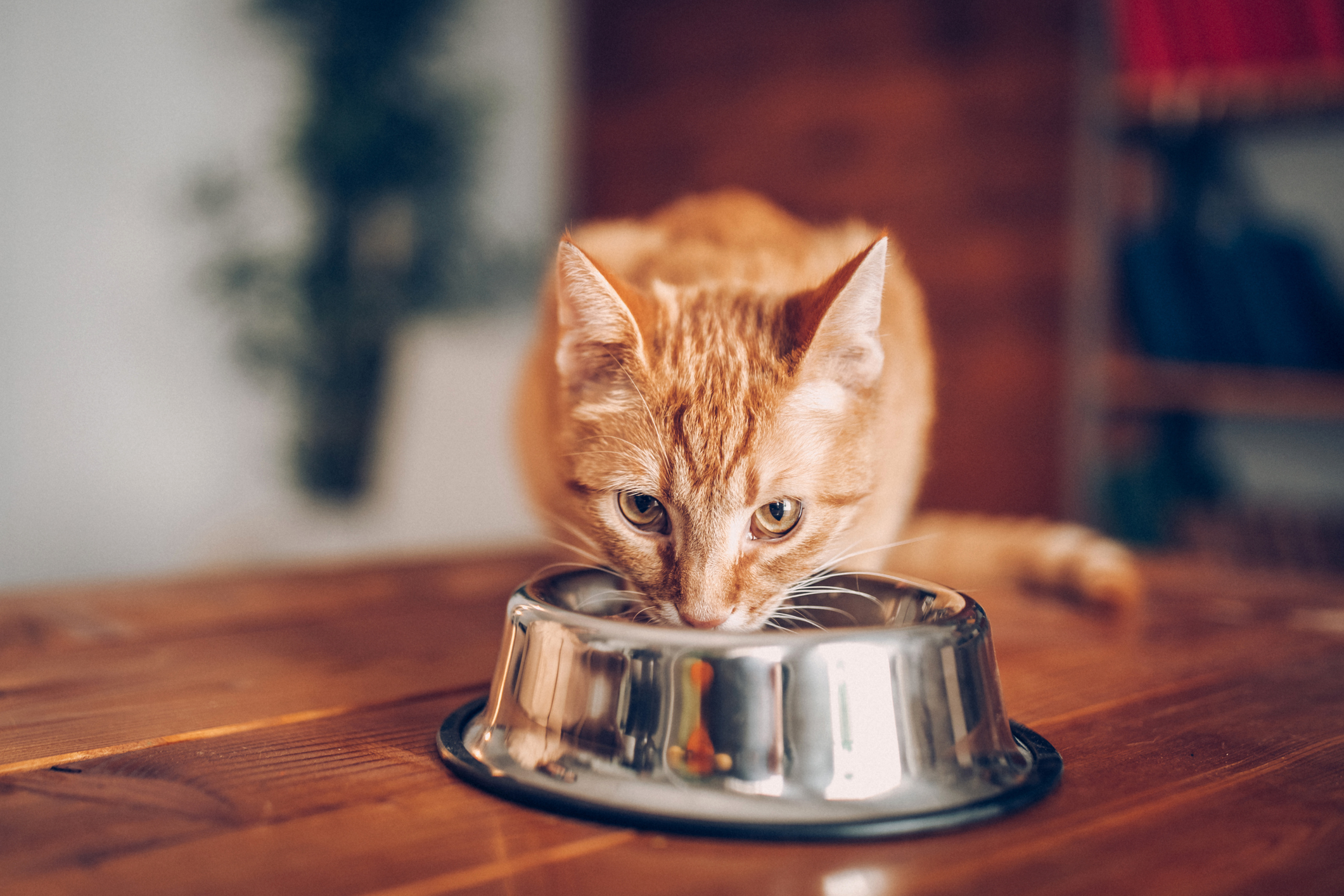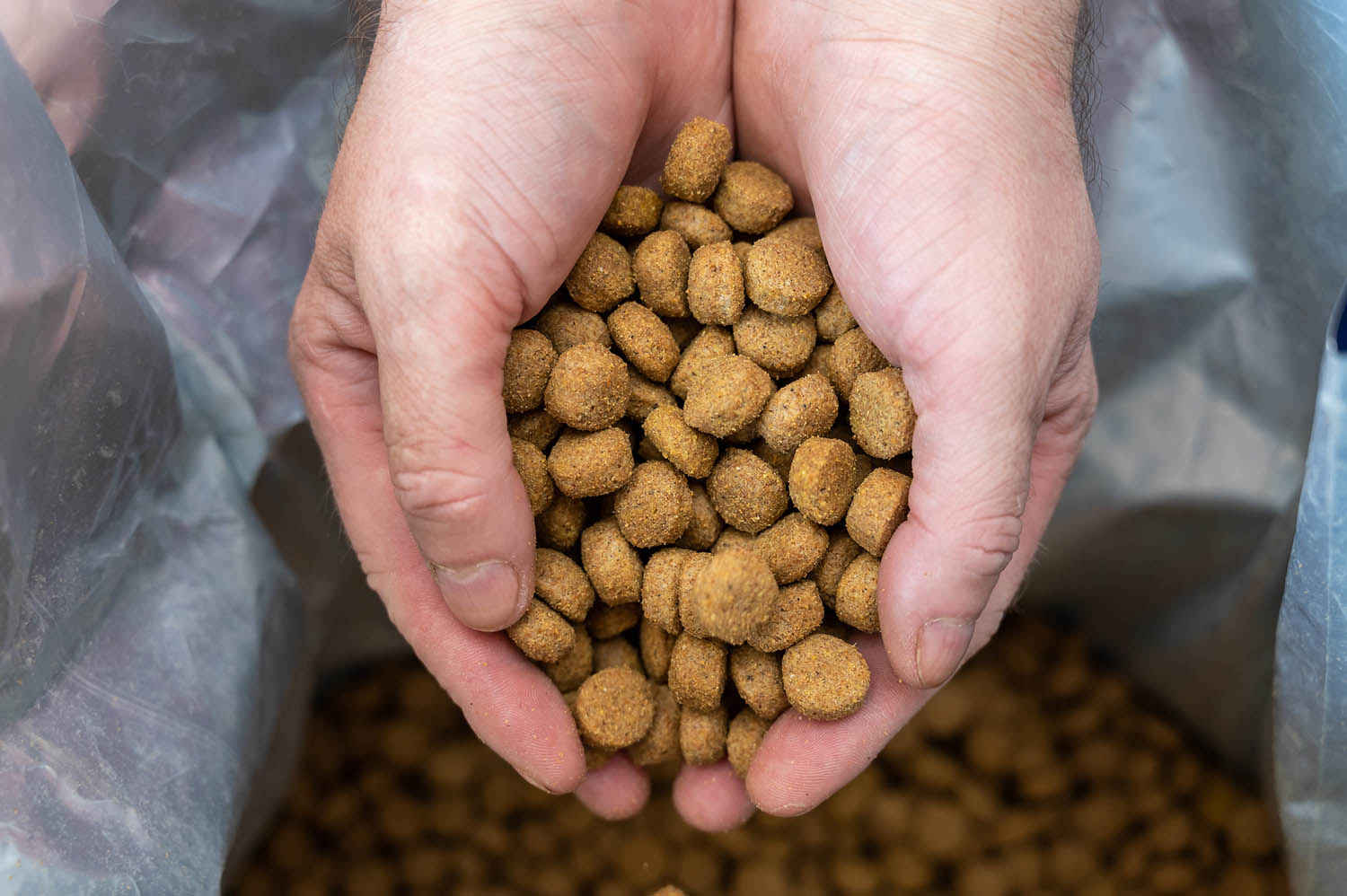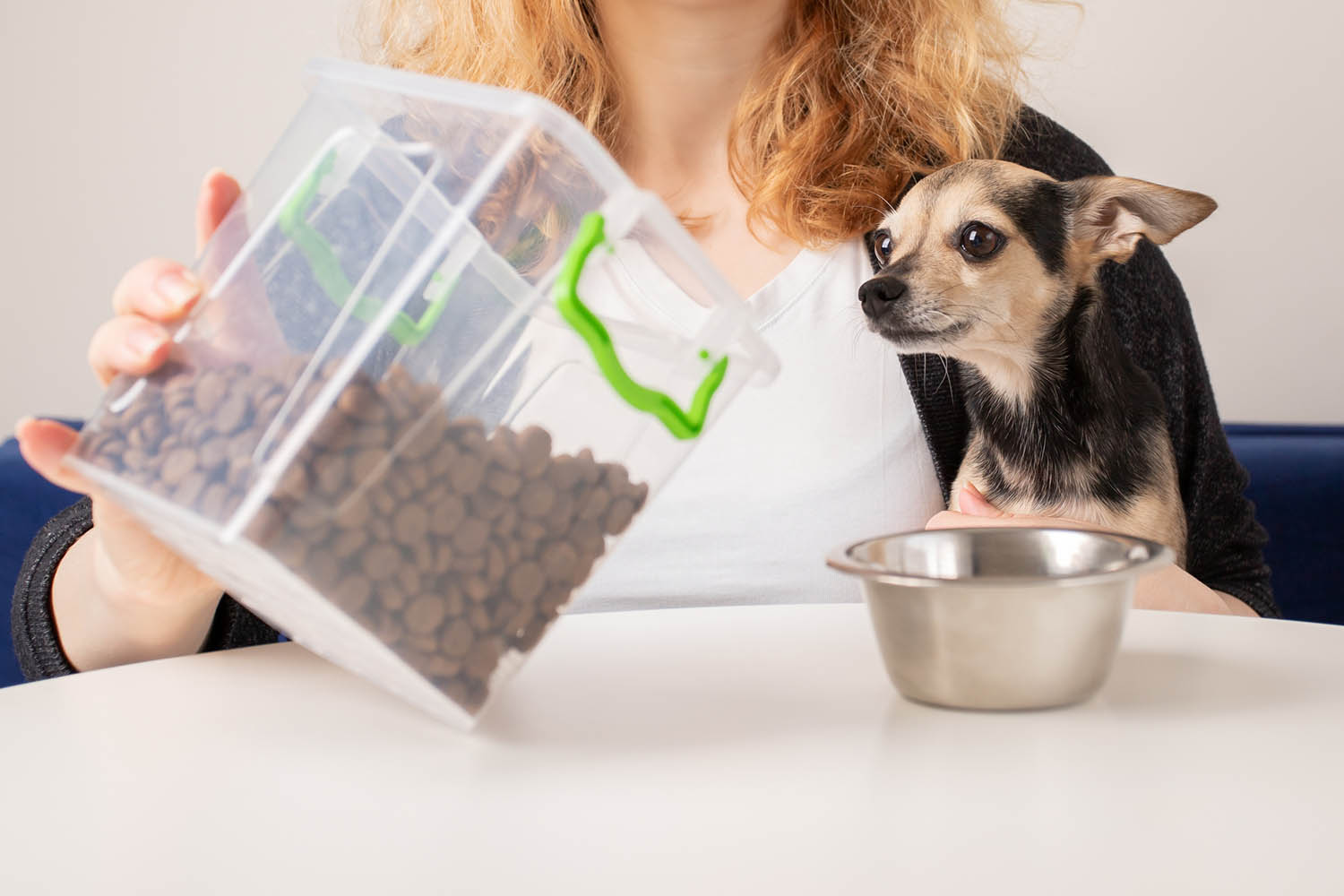As pet lovers, we want to give our cats the nutrition they need, but did you know that many homemade cat food recipes found online may be a recipe for trouble?
In a recent study from the University of California, Davis, researchers evaluated 114 cat food recipes found on the internet and books and found that every single recipe was missing at least one nutrient considered to be essential by the National Research Council. Many of these cat food recipes were missing the appropriate levels of at least three nutrients and some provided less than 50 percent of the recommended amount of nutrients. Nutritional deficiencies can be harmful to cats and Dr. Jennifer Larsen, associate professor of clinical nutrition at the UC Davis Veterinary Medical Teaching Hospital, notes that some deficiencies “could cause immune system problems, musculoskeletal abnormalities or the accumulation of fat in the animal’s liver.”
Nutrition plays an important role in supporting a cat’s well-being, whether he or she prefers sunbathing, prowling the backyard or pouncing on toys. Veterinary researchers have identified more than 40 nutrients that cats require in their diets, including vitamins, minerals, protein and amino acids, and essential fatty acids. These nutrients support a range of functions that contribute to a cat’s health, from providing energy, to supporting skin health and a shiny coat, and supporting vision and the immune system. A commercial dog or cat food will be specifically formulated to contain all these nutrients at the proper levels.
This 2019 study from UC Davis is not the first to find that homemade recipes found online are often nutritionally deficient. A 2013 study of homemade dog food recipes found similar results, with nearly every recipe missing at least one essential nutrient.
So, what steps can a pet lover take to make sure their cat receives the appropriate nutrition? If feeding your cat a homemade diet, one important step is to consult with a board-certified veterinary nutritionist to ensure your pet’s current diet is adequate for his or her needs. When selecting a cat food product at the store, there are key pieces of information on the label that can help shoppers, including a claim of complete and balanced nutrition, an indication of the appropriate life stage, and a nutritional adequacy statement. When paired with responsible treating and regular veterinary care, we can all work to keep our cats happy and healthy.



